 Abraham Lincoln
If given the truth, the people can be depended upon to meet any national crisis...
Abraham Lincoln
If given the truth, the people can be depended upon to meet any national crisis...
 Guildford news...
for Guildford people, brought to you by Guildford reporters - Guildford's own news service
Guildford news...
for Guildford people, brought to you by Guildford reporters - Guildford's own news service
Birdwatcher’s Diary No.159
Published on: 22 Apr, 2018
Updated on: 20 Apr, 2018
By Malcolm Fincham
A mostly cool, overcast and murky start to April throughout most of the UK brought with it a slow progress of the arrival of our summer visiting birds.
On the first day of the of the month seeing just two sand martins on our visit to Frensham Little Pond.
While the only other bird of interest that day being a resident firecrest.
It wasn’t until April 6 that I heard and photographed my first singing blackcap of the year (some of which do overwinter in southern regions of the UK) at the Riverside Nature Reserve near Burpham.
It wasn’t until April 11, surprisingly, that I got to see my first, true migrant in the way of a swallow there. Although on another day of overcast weather, I only managed to capture a silhouetted photo as it flew over the lake.
Only adding to my record shots that day, a locally resident common buzzard, being mobbed, as usual by corvids.
On the few brighter days, I was able to get a few other resident species there, some now nest building, while a few showing signs that they were already raising young.
From the boardwalk wrens continued to be seen and heard making their vociferous, machine gun-like calls.
Only out sung by the strident sound of a Cetti’s warbler, calling, elusively, from the other side of the river.
Among the blackthorn, some still in flower near the lake, a verity of small birds, including blue tits fed on the blossom.
As daytime temperatures began to warm a little on the sunnier days, I watched from a distance as a treecreeper started to build its nest in a tree crevice.
Watching intently, as it broke small twigs from surrounding trees.
Even collecting cobwebs to use to bind and strengthen its home.
A few hours of warm sunshine on April 7, I even spotted my first small tortoiseshell butterfly of the year by Stoke Lock.
On April 12, as spells of sunshine continued to warm the air into their mid-teens, I visited Thursley Common.
Among my best pictures there were of the usual sightings of Dartford warblers.
While listening to the constant chattering of goldfinches and linnets. And, of cause, a few of the many stonechats that reside there.
My best sighting that day was recognising a song I hadn’t heard since last year. My first male common redstart of the year, singing from a perch in the pines. Having safely made it back from Africa.
Inspired by such a sight and in the hope of adding a few more new sighting to the year, on April 14, I accepted an invite from Bob and Dougal to visit a sunny Staines Reservoir. And a worthwhile trip it was too.
Surprisingly, a couple of groups of common scoters could be viewed from the causeway that splits the north and south basins there.
The common scoter is an all dark sea duck. The male is totally black and the female lighter, with a pale face. They are usually seen during winter months as bobbing rafts offshore, or long straggling lines flying low along the coast.
A few little gulls could also be viewed spread out among the black headed gulls out on the water. Too distant to photograph and only picked out though the telescope.
Three black-necked grebes were closer to view now in summer plumage, though with the sun behind them, made them a tough one to get decent pictures of.
Along the edge of the water by the causeway was a lone dunlin.
While the horned lark that over wintered there, and which I wrote about in a previous report, was still present and very confiding, on the bank on the southern side of the causeway. http://www.guildford-dragon.
Just as we were about to leave, we were able to add another bird to this year’s list of sightings. A yellow wagtail had dropped in and perched on the metal fencing along the causeway. It hopped about from its vantage point, catching flies.
Also adding to our year’s sighting was a pair of common terns.
From there we travelled the short distance down the road to Staines Moor. Two ring ouzels had been reported there earlier in the week. Previous days of overcast weather seemed to have held them back from completing the migration north.
“They have got to be still here somewhere,” said Dougal, sounding confident from his years of experience in birdwatching, as we explored the north-west corner of the moor, where they had been last seen, earlier that day.
As often, in the past, he was correct. Two birds, similar to a blackbird flew across the field ahead of us.
Unlike a blackbird, the ring ouzel’s white crescent on the upper breast and its pale wing panels are particularly distinctive, especially in the males.
True enough, with clear skies that night, no sign of them were seen by the following day. Probably having completed their journey to their upland breeding grounds in Scotland and northern England where their habitat is open moorland and crags at high altitudes.
Completing an enjoyable time there, we also added three wheatears to our sightings before calling it a day.
On my return to the Riverside Nature Reserve on April 15 the feel of summer was seemingly within sight.
A swallow perched on a wire near Stoke Lock, My first reasonable record shot of one this year!
A pair of grey wagtails, the male showing a handsome black bib, chased one and other up and down the riverbank.
While long-tailed tits, busily flitted about in the wooded area by the towpath.
Lady’s smock also known as cuckoo flower was starting to add some colour, along the boardwalk.
At the far end of the boardwalk a pair of mute swans had built their nest, so far having laid four eggs.
As many as seven or eight blackcaps could be heard singing around the reserve. I even managed to catch a photo of a female blackcap, showing its copper-brown coloured cap, as it flitted between some branches.
On the lake several coots could also be seen sitting on their nests too.
While a great crested grebe was looking rather dapper, in its summer plumage.
And the barn owl continued to show well, in the bright sunlight in its daytime roost near Bower’s Lock.
Roe deer could also be seen, feeding on new shoots of vegetation, now rapidly growing in the marshy areas.
The only concern for me that day, was while walking back along the towpath of the River Wey. Swimming across to the far bank of river, towards the area where the old refuse dump used to be, was a mammal. I instantly recognised it to be a mink, taking a few record shots of it as it swam.
On reaching the far bank, it stood up on its hind legs, briefly, looking about.
I last saw it perched on a the trunk of a fallen tree, before merging into the undergrowth, out of sight.
Mink in the are not indigenous to the UK. They are American mink, which originated from mink brought here for fur-farming.
They are active predators, feeding on anything they are big enough to catch, including our native water voles. They hunt on the riverbanks and are good swimmers, enabling them to enter the water-line burrows of water voles as well as nesting kingfishers.
Responses to Birdwatcher’s Diary No.159
Leave a Comment Cancel replyPlease see our comments policy. All comments are moderated and may take time to appear.

See Dragon story: GBC’s Explanation of Major Land Sale Notice Error ‘Borders on Arrogant’ Says Councillor




Recent Articles
- Surrey Children’s Services Improvement Recognised by Ofsted
- Independent Guildford Stationers Are ‘Top of the Shops’
- Birdwatcher’s Diary No.304
- Cyclist Dies in Peaslake
- Surviving Strategic Director Quits to Take Up CEO Role with a West Sussex Council
- Letter: Damning Reports Should Not Be Used to Gain Political Advantage
- New Leader of the Opposition at Waverley
- Surrey Day’s Celebrations Took to the Skies
- Notice: Dance with Junction 9 to Raise Money for Charities
- Mistreated Former Sub-postmasters Receive Standing Ovation


Recent Comments
- Olly Azad on Mistreated Former Sub-postmasters Receive Standing Ovation
- Barry Jutsum on Letters, Comments, Complaints Policy and Privacy Statement
- Aubrey Leahy on Guildford Police Station to Close – Officers to Move to Mount Browne HQ
- John Ferns on Guildford Police Station to Close – Officers to Move to Mount Browne HQ
- Barry C Williams on Letter: Cross-party Effort Required to Improve Police Resourcing in Surrey
- Anthony Mallard on Guildford Police Station to Close – Officers to Move to Mount Browne HQ
Search in Site
Media Gallery
Dragon Interview: Local Artist Leaves Her Mark At One of England’s Most Historic Buildings
January 21, 2023 / No Comment / Read MoreDragon Interview: Lib Dem Planning Chair: ‘Current Policy Doesn’t Work for Local People’
January 19, 2023 / No Comment / Read MoreA3 Tunnel in Guildford ‘Necessary’ for New Homes, Says Guildford’s MP
January 10, 2023 / No Comment / Read More‘Madness’ for London Road Scheme to Go Ahead Against ‘Huge Opposition’, Says SCC Leader
January 6, 2023 / No Comment / Read MoreCouncillor’s Son Starts Campaign for More Consultation on North Street Plan
December 30, 2022 / No Comment / Read MoreCounty Council Climbs Down Over London Road Works – Further ‘Engagement’ Period Announced
December 14, 2022 / No Comment / Read MoreDragon Interview: GBC Reaction to the Government’s Expected Decision to Relax Housing Targets
December 7, 2022 / No Comment / Read MoreHow Can Our Town Centre Businesses Recover? Watch the Shop Front Debate
May 18, 2020 / No Comment / Read More




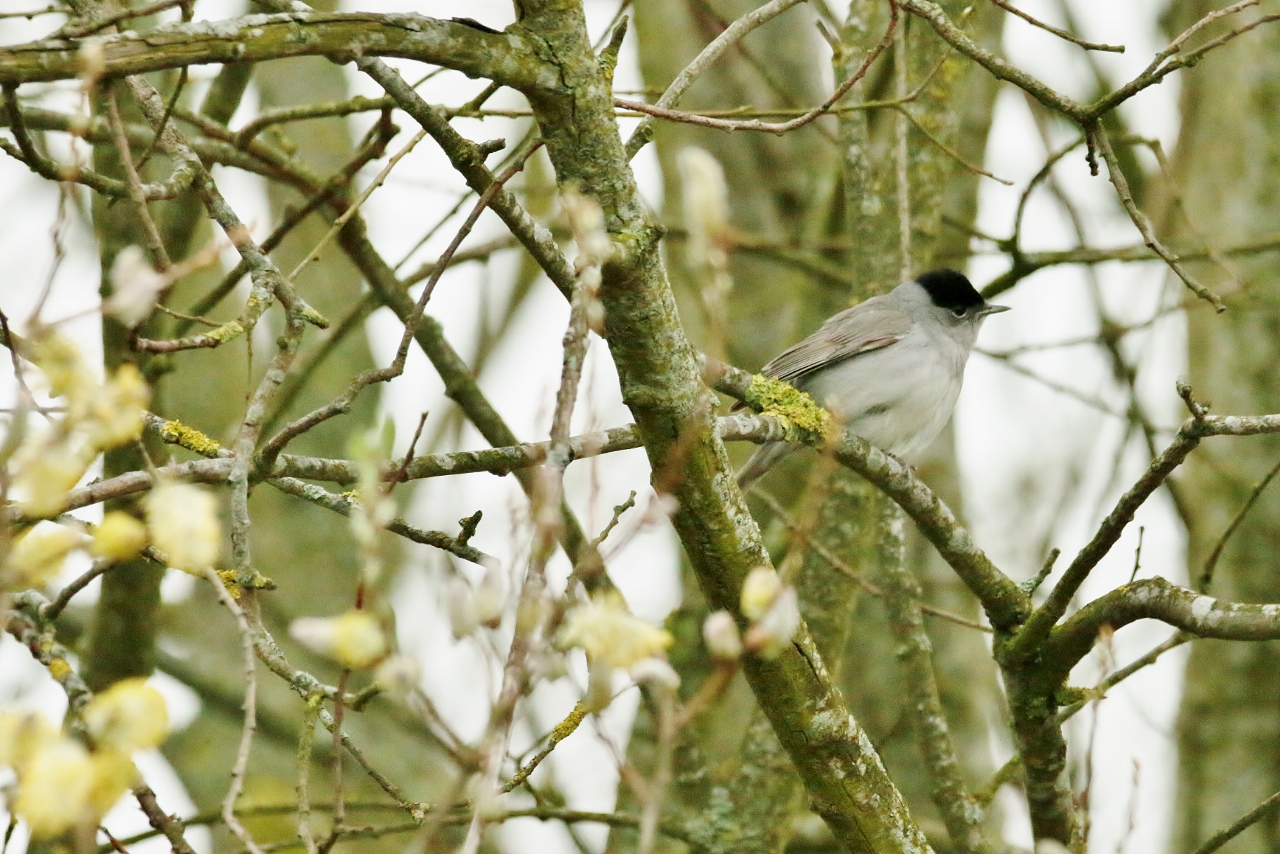


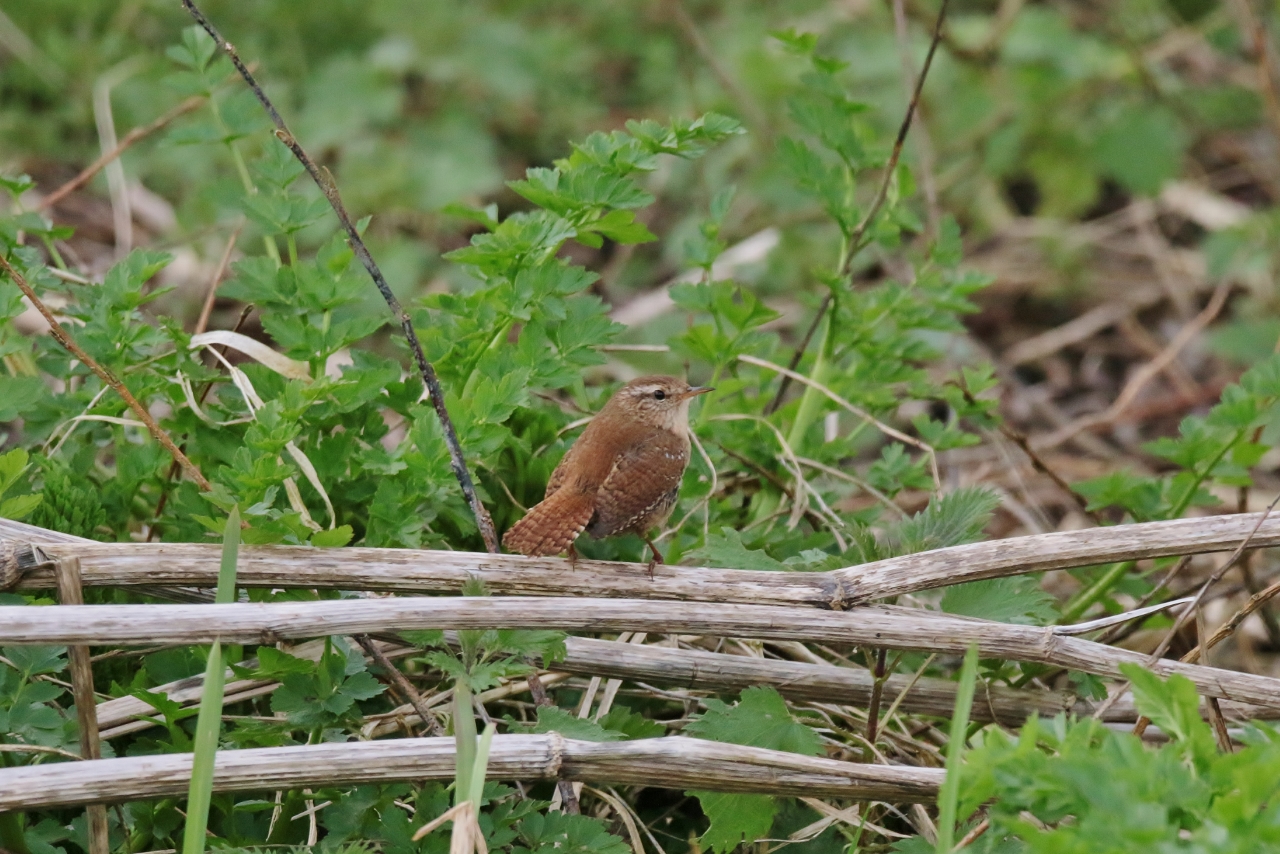






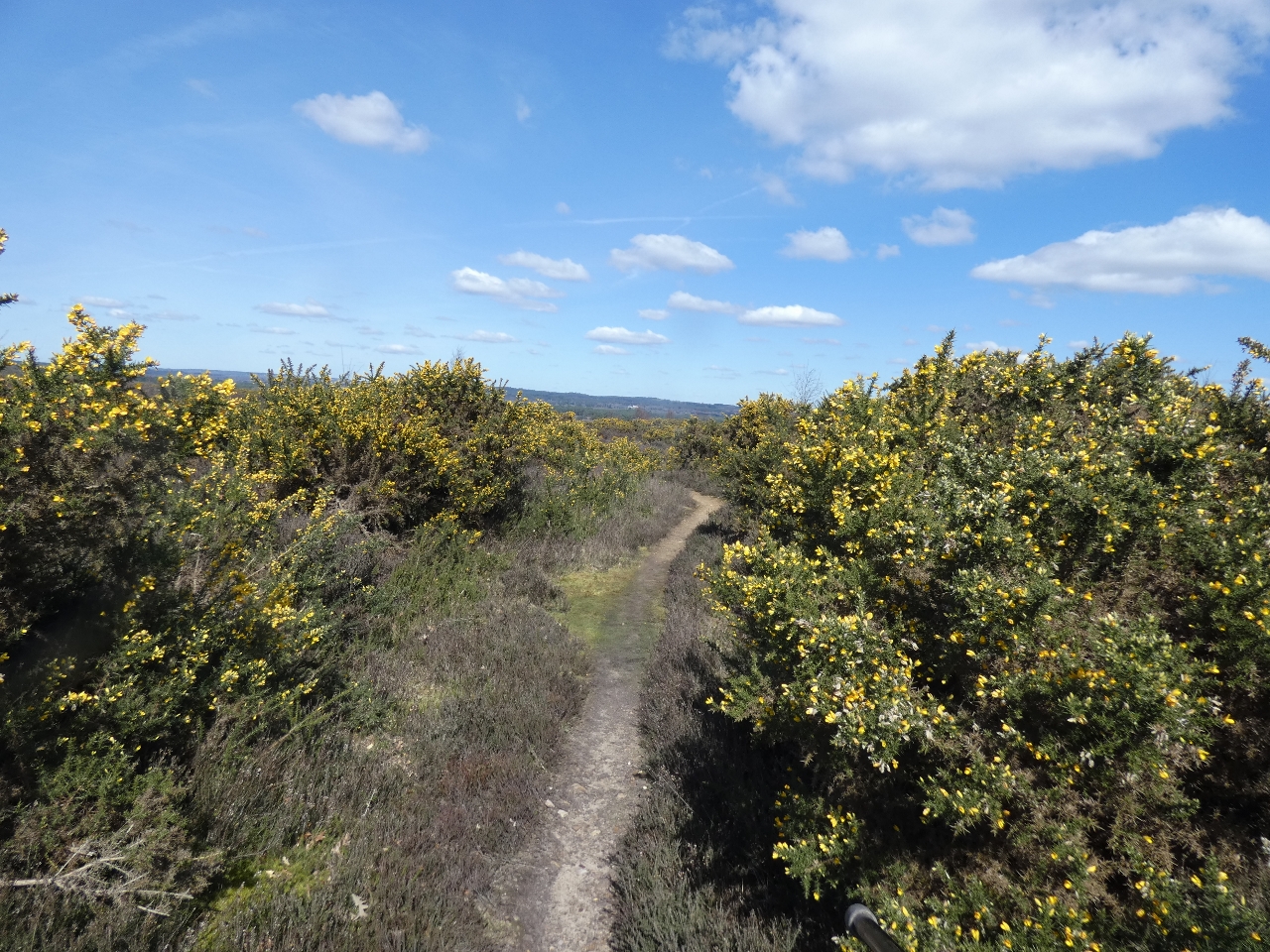






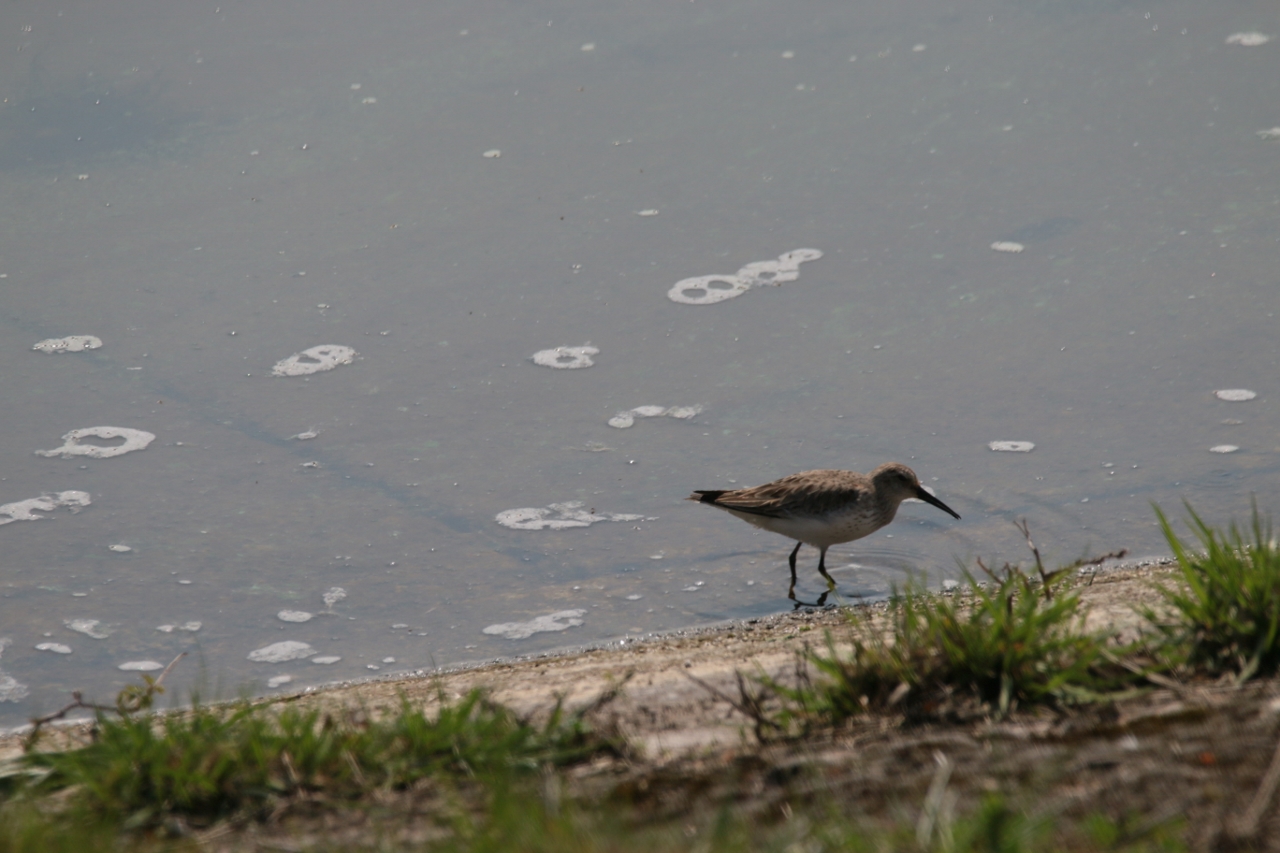

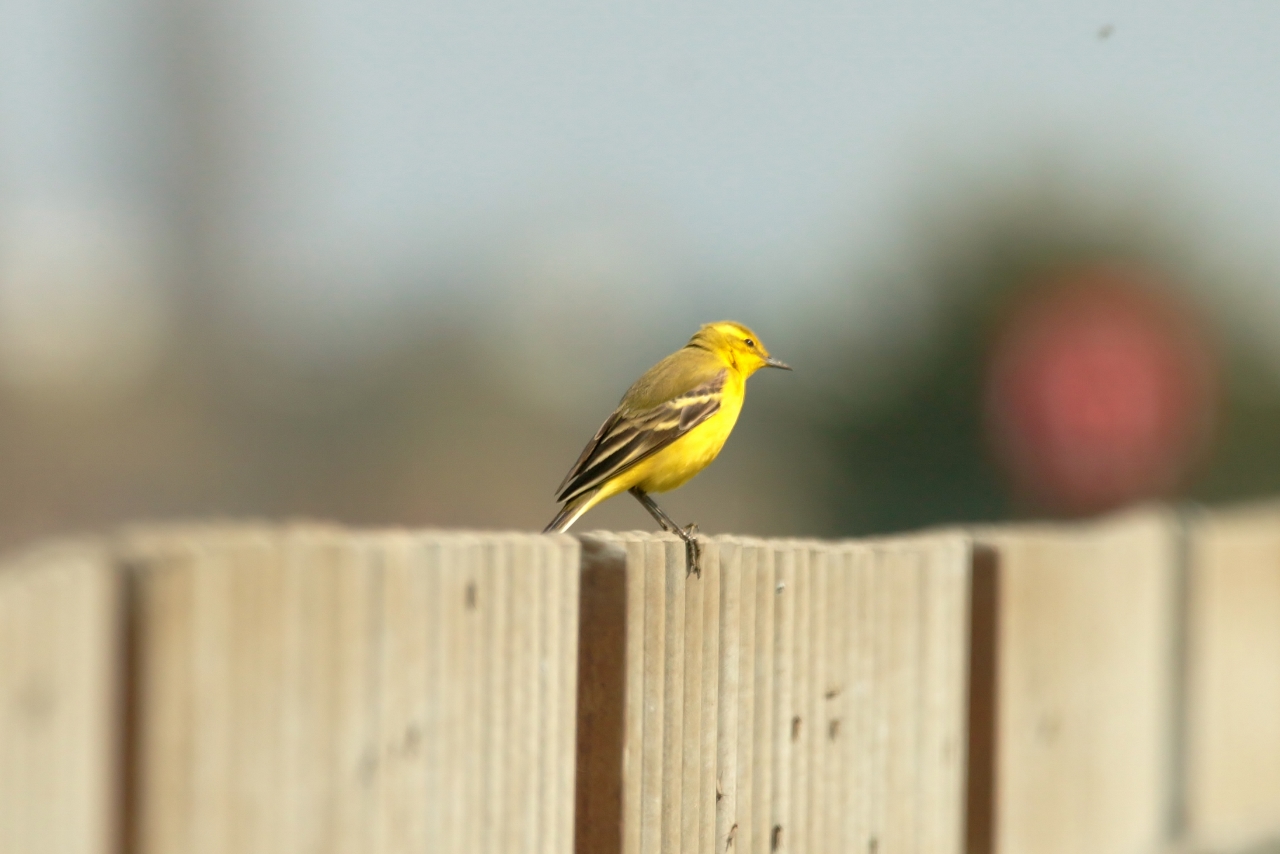





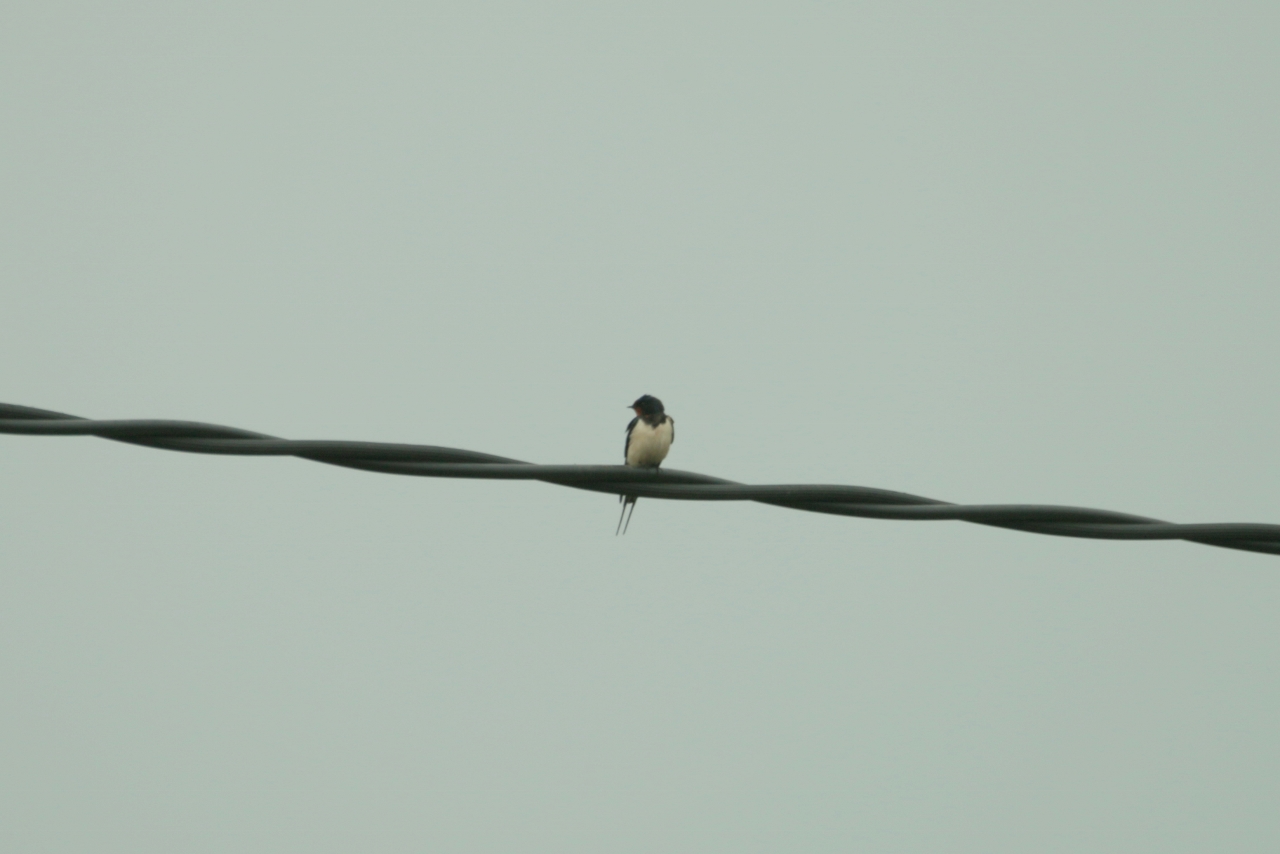

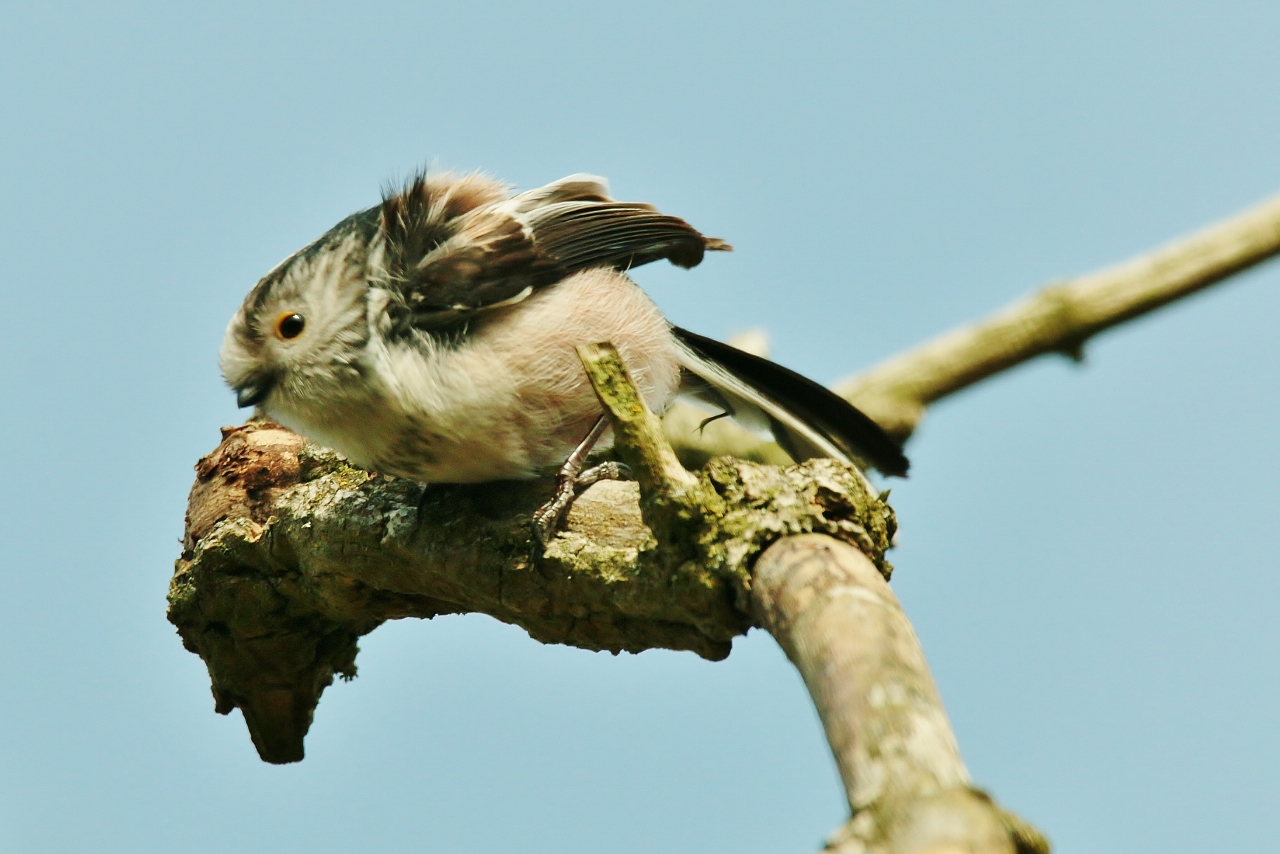



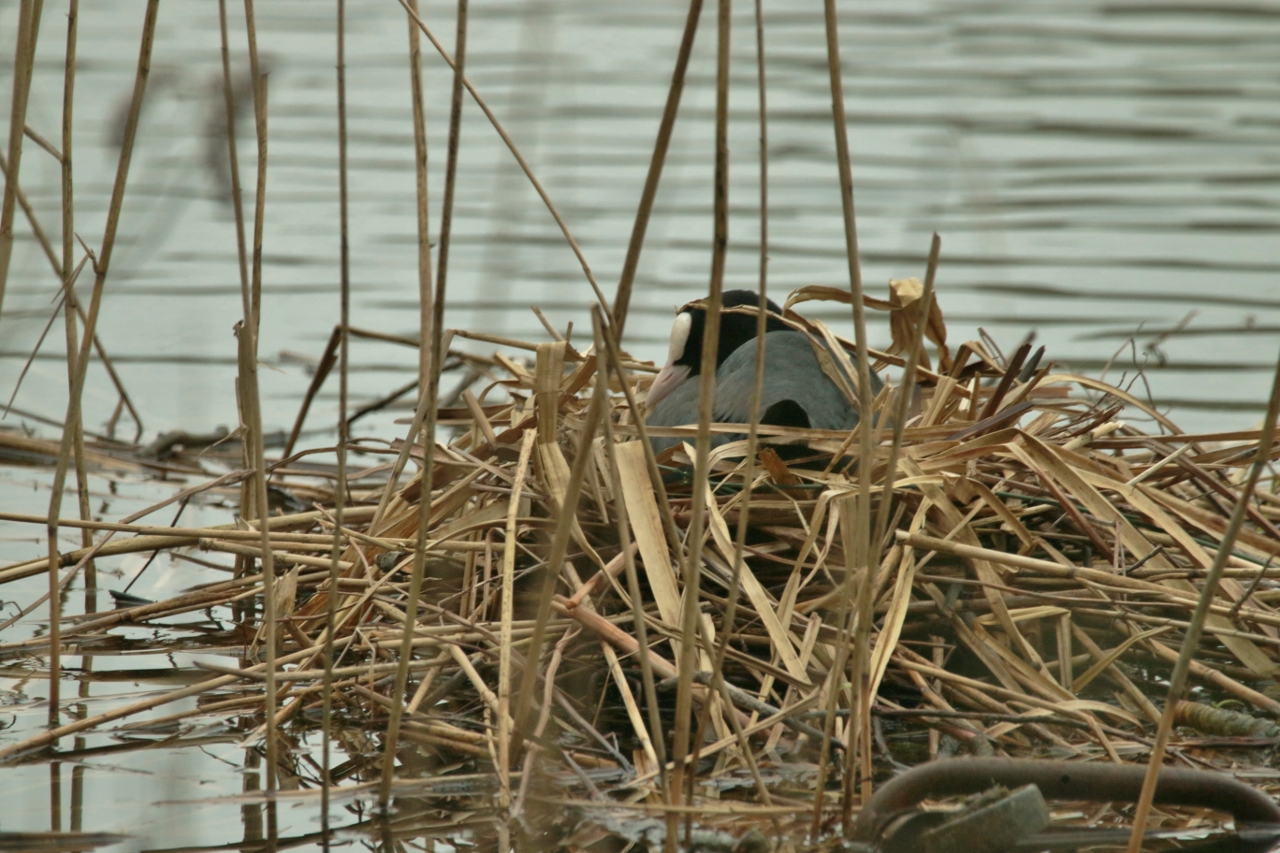








Michael Atkinson
April 22, 2018 at 8:37 am
Inspirational pictures. I must get out more!